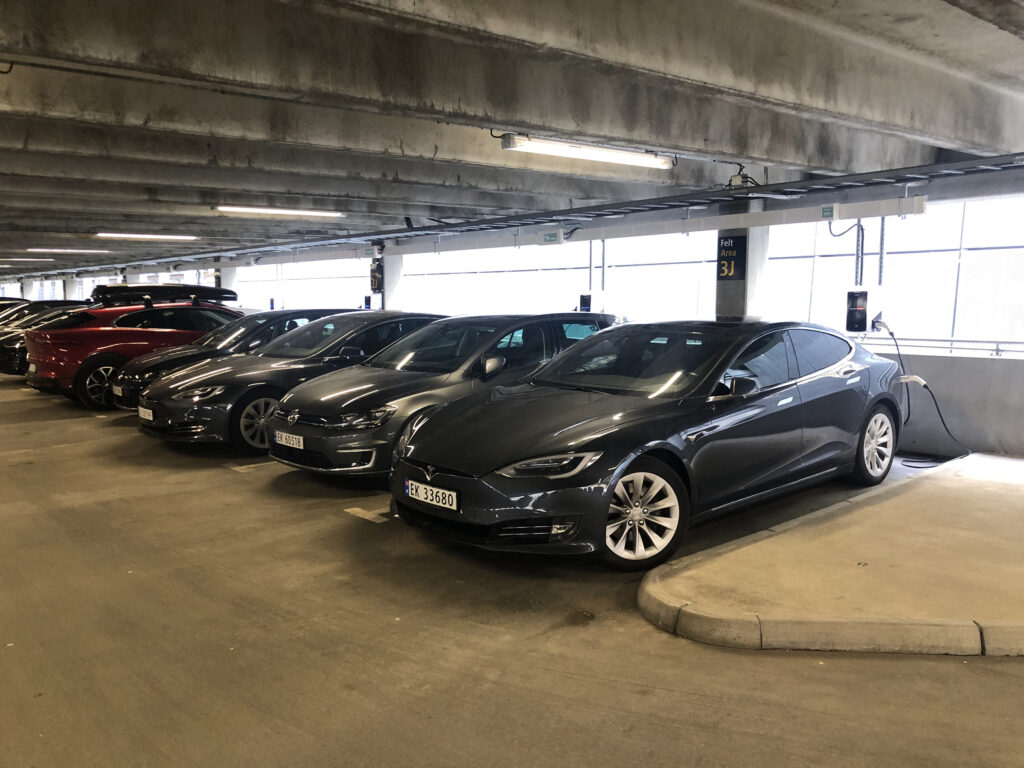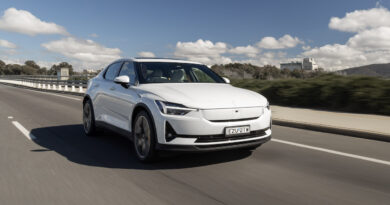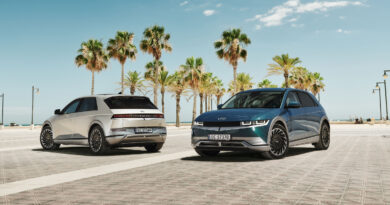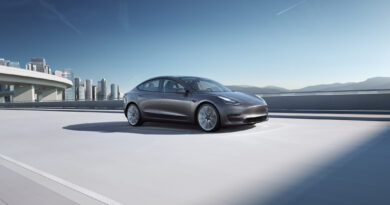Electric car park, plug and pay Aussie-bound
Using current as currency will become a reality in the brave new world of electric cars.
A service that allows EV drivers to plug in and pay for their parking with electrons is being demonstrated in Japan now and could be viable in Australia within a few years.
Nissan says its park, plug and pay service is a world first. It’s one of the star attractions at an exhibition in its home city of Yokohama designed to promote bidirectional vehicle-to-grid (V2G) charging capability of its Nissan Leaf electric vehicle.
But while discharging electricity to subsidise parking costs is in reach don’t expect to be able to plug your EV in at your local fast food outlet and pay for a hamburger without handing over dollars and cents.
Australian EV entrepreneur Tim Washington is the charging and infrastructure expert predicting park and pay will be an Aussie reality before too long.
“From a technology perspective it is absolutely possible and will be possible with all (electric) vehicles from about 2022-2023,” said Washington, who is co-founder of Australian EV charging supplier and installer Jet Charge and the Chargefox charging network and also chair of the Electric Vehicle Council.
Bidirectional charging is when an EV can not only take power from the grid to charge its battery, but reverse the flow and send power to the electrical grid.
At the moment the only vehicle capable of bidirectional charging on-sale in Australia without voiding its battery warranty is the second-generation Nissan Leaf fitted with what’s called a CHAdeMO plug.
Fifty one examples of the Leaf are involved in a major V2G study in the Australian Capital Territory being backed by Australian Renewable Energy (ARENA) to the tune of $2.4 million.
But Washington predicts EVs fitted with what’s called a CCS (Combined Charging System) Type 2 plug with bidirectional charging capability will soon become much more common in Australia.
That means the opportunity to pay for parking with electricity could then become a reality. But don’t get too carried away, warns Washington, because returns will subsidise rather than cover costs.
“If I go to my local Wilson car park I can feed electricity back into the car park that is worth the amount the property owner pays for electricity.
“Let’s say it’s 20c per kilowatt-hour and you’ve got an EV capable of bidirectional charging with a 60kWh battery. You could probably drain 50kWh worth of that and it would give you $10.

“It won’t pay your whole parking but it will contribute $10.
“You then take that vehicle home and you charge it using off-peak electricity, which may only cost you 10c kWh.
“You park there every day for work, then that’s an ability to save $5 per day, $25 per week without you really doing anything.”
Suppliers such as Jet Charge and Chargefox get involved in this process by setting up the charging networks and then managing the flow of electrons appropriately.
“Chargefox is the charging network and consumer facing side and Jet Charge is the project delivery and electron cop side of things,” Washington explained.
Washington downplayed the opportunity to use electrons as currency more widely than paying for parking. Like maybe, plugging in at Maccas and deducting that from the cost of your hamburger.
“I would question why we would need to go to that extent,” he said. “We have normal currency which is pretty well established, so why introduce something else?
“I don’t think there is going to be a bitcoin equivalent of electrons. I don’t think that world exists.”




